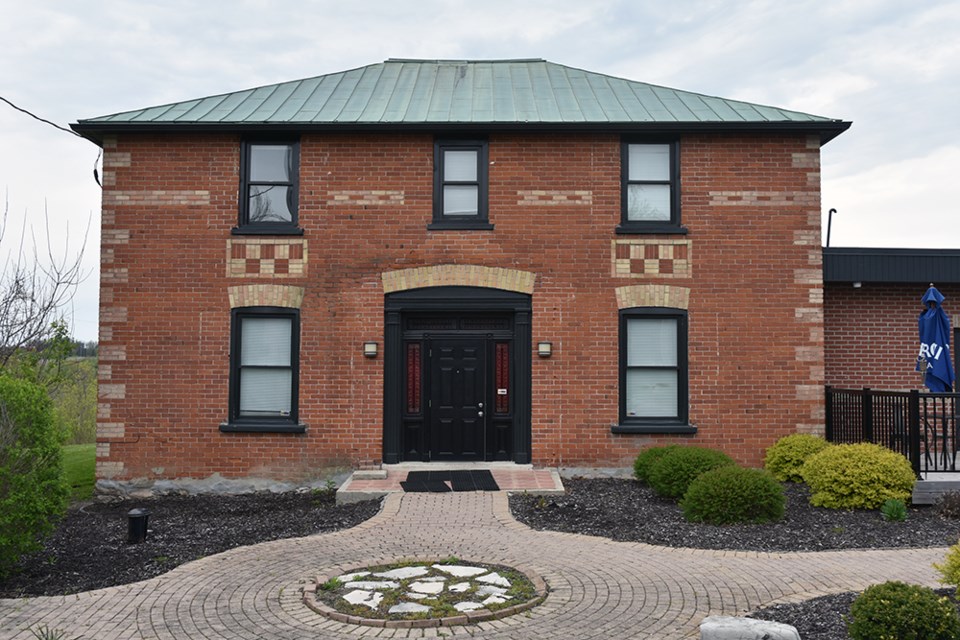Happy Canada Day! I hope you enjoy the holiday, the fireworks, the barbecues, and time with your families.
As we celebrate our country’s birthday, it seems fitting to write about the ongoing need to protect heritage buildings in Bradford West Gwillimbury, particularly in Bond Head.
I’ve written before that Bond Head’s uniquely preserved neighbourhood deserves special “heritage conservation district” designation under the Ontario Heritage Act, which would work to protect and celebrate the entire neighbourhood.
I’ve also argued that Bond Head needs its own Community Improvement Plan, which would allow the town to incentivise improvements to local properties, much as has occurred in the downtown of Bradford.
Recently, however, there has been quite the dustup over one property in particular: the Quaint House in Bond Head.
Town council voted not to designate the property as a heritage building immediately, as 600 local residents had petitioned. Instead, the majority on council suggested they would use the threat of designation and the developer’s promise not to pursue demolition to ensure the property is maintained.
Mayor Rob Keffer, for his part, argued in favour of designating the building, a measure that would require the property owner to follow strict regulations around any changes to the building in order to maintain its heritage character. The mayor argued that designation is in fact a point of pride for the community, not a hindrance to property owners.
Even within this debate, there is also talk of town council looking at abating property taxes for heritage buildings to give a financial incentive toward maintaining these homes.
At the heart of this matter, there’s a difference in approaches between carrots and sticks within the council. The majority on town council preferred to work collaboratively with the developer, rather than, as they view it, coming down heavy handed with a designation.
I’m not sure using the threat of designation is an inherently bad approach, but there needs to be a far more holistic approach to heritage if that’s the route council wants to take.
Designating a heritage building essentially means the town unlocks a series of tools to compel a property owner to comply with heritage preservation if they seek to change the building, but there is not any mechanism to ensure a property owner proactively invests in or maintains the building, per se.
In other words, the Heritage Act is designed to stop bad changes, not to ensure basic upkeep of the building. It’s a preventative tool only.
That’s where the idea of incentivising good upkeep through abatement on heritage property’s tax bill is so compelling. Coupled with grants from a Community Improvement Plan for Bond Head itself, these financial incentives are the “carrots” needed to ensure heritage homes are maintained.
As Bond Head anticipates growth—which we’ve known about for more than a decade—town council needs to take a proactive approach to designate the heritage conservation district, enact a Community Improvement Plan for the neighbourhood, and thereby unlock some financial incentives to ensure the preservation of heritage buildings, with the heritage designation as the ultimate “stick” to ensure compliance.
As with so many things, protecting heritage in Bond Head needs an “all-of-the-above” approach.
Jonathan Scott is a public affairs consultant and writer, who has managed election campaigns for several politicians around Ontario, including BWG Mayor Rob Keffer.
